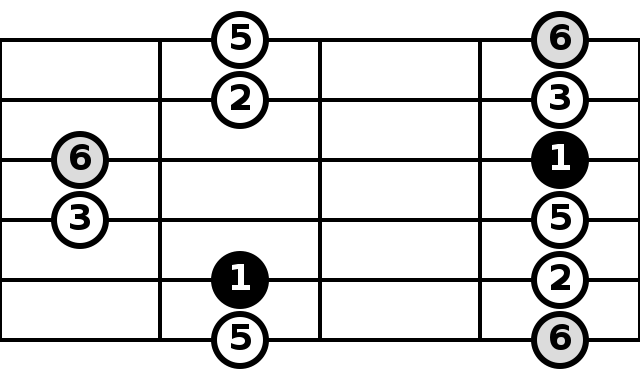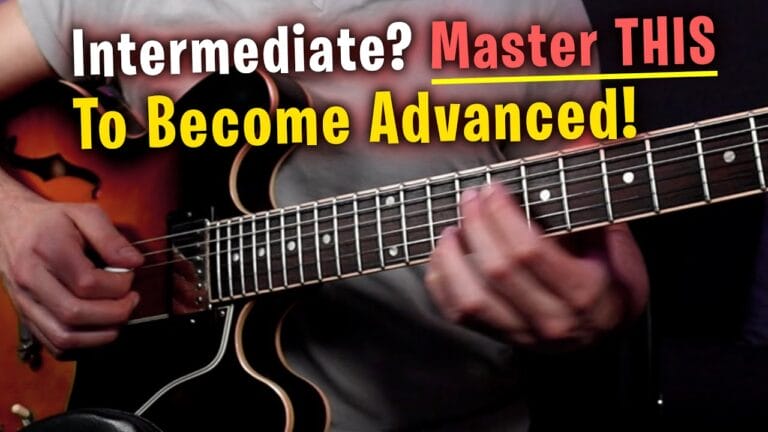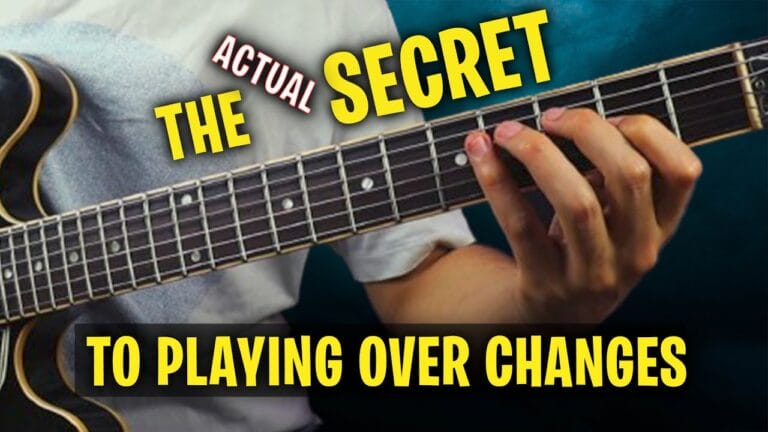COOLEST Pentatonic Scale Hacks EVER
The Pentatonic Scale
The pentatonic scale is a groove maker,
A tool that can take you higher.
A source of endless inspiration,
A way to set your music on fire.
With its five notes, it’s simple yet profound,
A sound that can make your heart pound.
A scale that can be used in so many ways,
To create music that simply astounds.
You can play with diatonic options,
Replacing roots with the ninth or the second,
Creating chords that are fresh and new,
A sound that’s truly transcended.
Or you can use it as a pivot point,
Focusing on one note and building around,
Creating phrases that are unique and bold,
A sound that simply astounds.

Pentatonic Scale Hacks
- You can replace the roots of your triads with the 9th or 2nd degree to create new chords.
- The pentatonic scale can be used as a pivot point, building musical ideas around one note.
- Experiment with different shapes and patterns within the pentatonic scale.
- The pentatonic scale can be used to create sus4 chords and arpeggios.
- Use the pentatonic scale to add the 9th to your arpeggios for extra color.
- combine dorian and other scale into it.
- Use the pentatonic scale to create a structure around a pivot note.
- Consider adding the 9th to even a four-note arpeggio for more color.
And don’t be afraid to experiment,
With different shapes and patterns within,
You never know what sounds you’ll discover,
As you let your creativity begin.
So don’t be afraid to think outside of the box,
With the pentatonic scale as your guide,
Your music will surely thrive and flourish,
As you take it on a wild ride.
Make sure you watch the video for the complete explanation and examples.



















